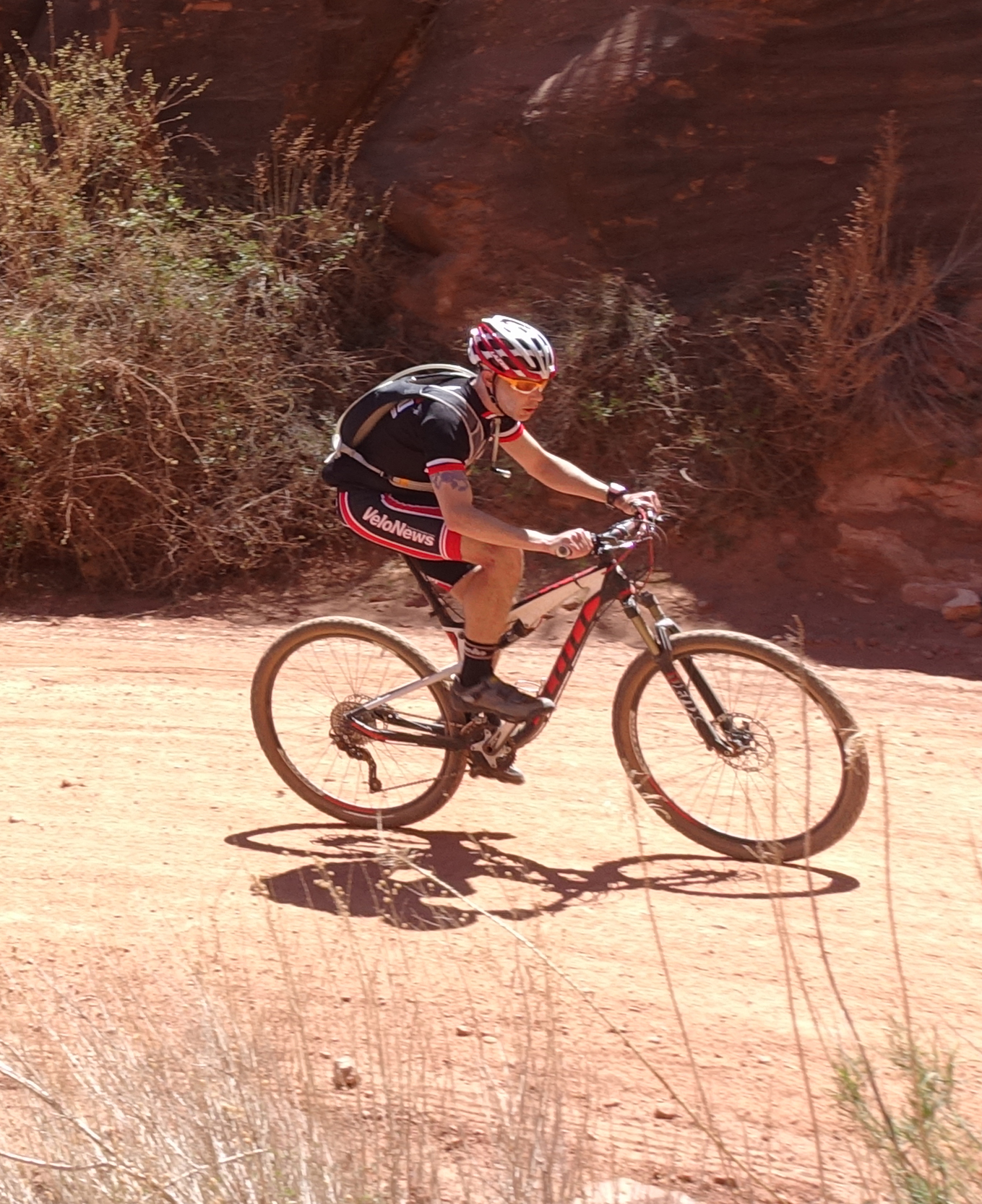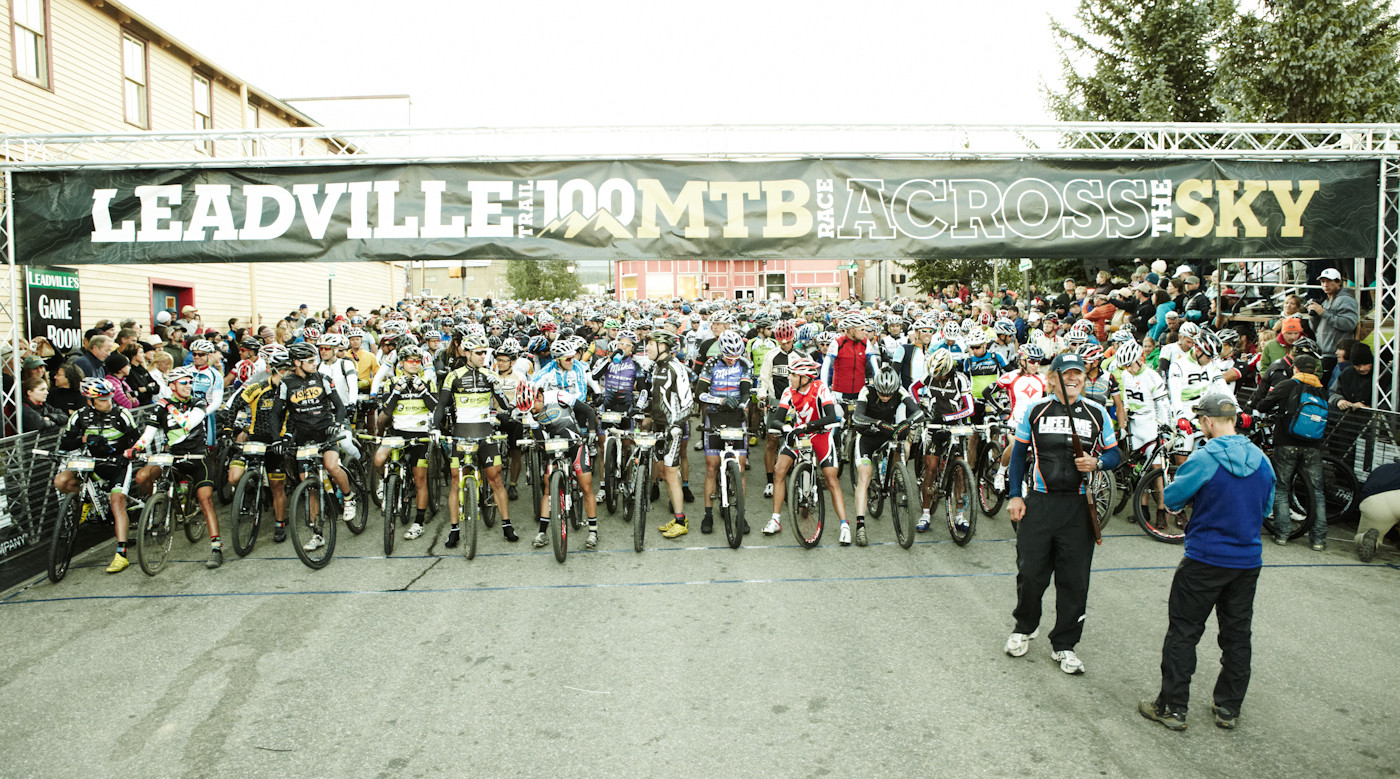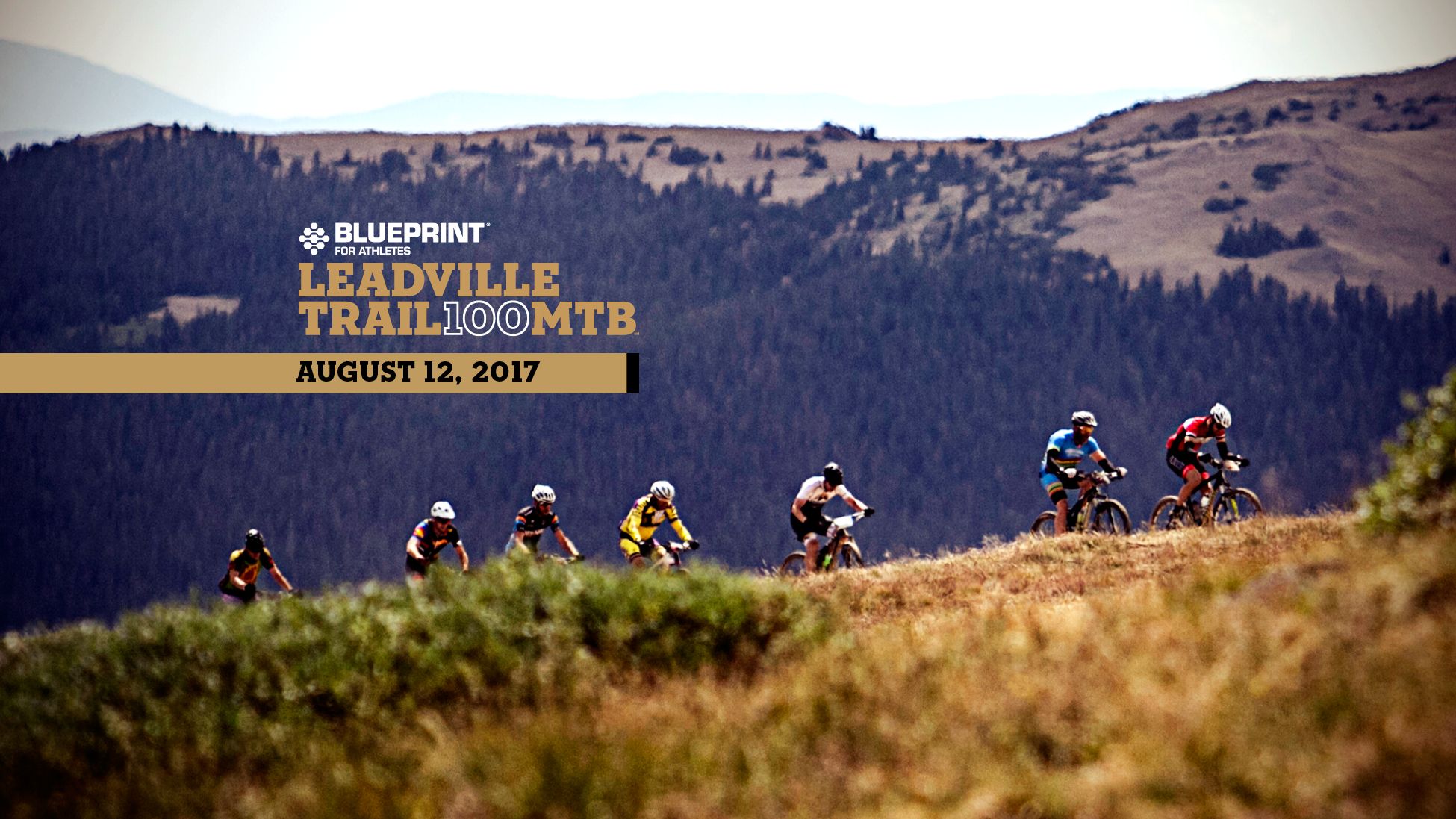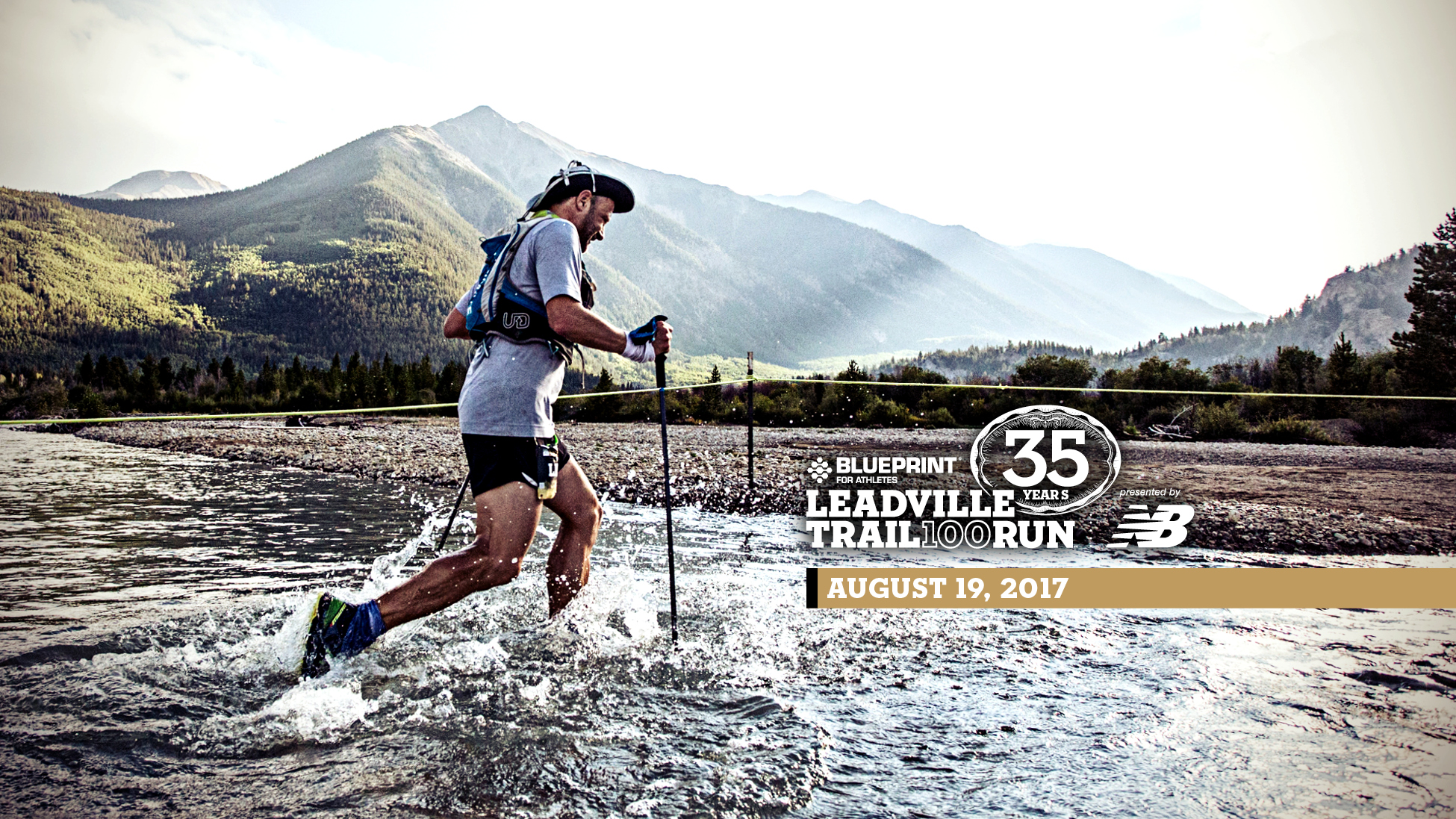Cycling with Attention: Q&A with Mike Reisel, Leadville Trail 100 MTB First-timer
We sat down with Mike Reisel, an art director at Life Time Fitness/Athlinks and a veteran marathoner who will be riding in the Blueprint for Athletes Leadville Trail 100 MTB for the first time this August. Since Mike’s a first-timer, we wanted to know what drove him to sign up for the race, how he’s training and what his mental game looks like. We also talk pretzel rolls.
looks like. We also talk pretzel rolls.
LEADVILLE RACE SERIES: What motivated you to sign up for the Leadville Trail 100 MTB this year?
MIKE REISEL: I used to work at Velo Magazine and all my friends there had done it, so it just seemed like one of those rites of passage. I’ve done enough running events like marathons and I didn’t really want to start doing ultras. I wanted a new challenge, and mountain biking, especially, is something I have a fear of because whenever I ride, I see every rock, and every rock seems to have my name on it [laughs].
To be naïve about something, then be afraid of it, then work with that fear and not overcome it, but just work with it… I thought [the Leadville Trail 100] would be not only a good physical challenge, but something that could transfer well to the rest of my life. Like maybe I could overcome other things I’m afraid of if I just put some time into it.
I have friends who have ridden Leadville and they say that mountain biking, especially, is “cycling with attachment.” Whereas sometimes on a road ride you could potentially zone out, in mountain biking, you can’t really do that.
LRS: Yeah, or you could call it “cycling with attention,” although I like “attachment” too.
MR: Well, “attachment” is a difficult word because it’s like, are you attached to the outcome or the process? Whereas attention is like, I’m here. So that was another reason I wanted to do it. I just want to go to that place where I’m afraid and see what I can learn.
LRS: Where have you been training, and what’s your training schedule like?
MR: I’ve got a friend named Cam Widoff who’s a former professional triathlete, like top 10 in Kona. I went to art school with him. He’s training me and he’s got me doing a multisport approach, so I’ve been running, swimming and mountain biking.
Most of my mountain biking has been at the Marshall Mesa loop, which is near Boulder. It’s not super technical, but it’s a good 14- to 15-mile loop that’s closed so you can do it over and over, and it’s got a couple of okay climbs in it. I also went to Moab and rode the White Rim Trail with several friends who have all done Leadville, and they said that it was really good simulation for it.
[In Moab] we did 100 miles in two days. The first day was 65 miles and that was really good for me because I crashed several times and got to feel the ups-and-downs emotionally and psychologically, like, “Yeah! I’m really jazzed!” and “Whoa, I just went down — am I going to get up? Yeah, I think I’ll get up and keep riding.”I know Leadville is going to have those physical and mental waxings and wanings, so it was nice to be out there for, like, seven hours to get used to having that motivation come and go. And being okay with it too, not just like, “I have to be positive!” Again, having that attention and just being in that space and then letting it go and come back, and being able to handle all that without fighting any of it.
Swimming has been good too because swimming is another thing that I’ve been afraid of, and now, I can just get in and swim a mile and half and not really have any fear. So now I think, well, if I can do that there, why not out on the mountain bike? And if I can do that on the mountain bike, why not wherever else?
“I just want to go to that place where I’m afraid and see what I can learn.”
LRS: Are you training every day?
MR: Yeah, pretty much. I usually take one day off. There will be times when I miss a day and it’s usually because I’m super sore and just tired. There’s a schedule, but I’ll move things around as I need to, especially since it’s earlier in the season. I won’t blow off more than one workout a week though. In July, when it’s closer to the race, I won’t miss much.
LRS: How has it been trying to fit in daily training while working full-time and having a wife and daughter?
MR: It’s not easy. There definitely are times like tonight when I’m supposed to go do 2,300 yards in the pool, but I’d really rather go home and read with Maia, my daughter, or draw or play video games, but I’m like, I can’t mess with Leadville. It’s 100 miles at 11,000 feet and it’s going to take me more than 10 hours. Either get ready, or don’t sign up.
I’ve learned from my marathons that the race will take care of itself if you’ve done the preparation. I mean, it’s still going to hurt and you’ll be sore and you’ll still have those emotional and mental breakdowns at points, but if you’ve done the training and you’ve experienced all that already, you just have to show up and do it.
LRS: Do you have a particular goal for race day?
MR: When I was running marathons, the first goal was always to finish. If you’ve done the training and unless you have a mechanical problem or you’re sick that day, there’s just really no reason not to finish. And then, I want to make the time cut, which is 12 hours.
My other goal is to really be there. Again, bringing it back to attention — to take it in as an experience, and not just a physical event but a vision quest or whatever you want to call it.
LRS: Going back to what you were saying about fear and staying with it, what does your self-talk sound like in those moments when fear really comes up?
MR: To me, positivity without preparation is kind of useless, so I’ve also been taking some [mountain bike] skills classes so that, in the moment, I actually have a protocol that I can go through. Like, okay, here’s come a sketchy part that I’ve never encountered before: my coaches have taught me that my action position is down, a little bit back…
LRS: Where are you taking skills classes?
MR: In Boulder through a guy, Lee McCormack, who’s a mountain bike coach and an author. So my self-talk is basically someone else’s voice. If I’m climbing and there’s nothing technical in my way, but I’m struggling emotionally, I might say something to myself like, “You’ve trained for this.”
I often say to myself, “You know, you can quit whenever you want. I mean, you paid for this, but you’re not fleeing a foreign invading army or something. You can stop and unclip if you want and jump in a truck and go have a Mountain Dew and hang out with your family. But if you don’t want to do that, then just keep riding.”
By giving myself the right to pull the plug, it often makes it easier than saying, “You can’t give up!” You can do whatever you want; it’s your choice. I guess giving myself permission to quit whenever is what allows me to go farther.
I’ll also use — and this is harder on a mountain bike than when you’re running — a meditative technique where I pick a tree in the distance and run to that tree. I’ve also counted to 10 over and over again, and pretty soon another half mile has gone by. So I’ll probably try that out on the bike too, like counting the pedal strokes.
LRS: How have you been fueling during your training, or what’s the fueling plan you’re testing?
MR: What I’m finding is that I do better with a CamelBak hydration system versus a water bottle. When I rode with my friends in Moab, they were riding with no hands on rocky, sandy stuff that I’m crashing on, reaching into their pockets for a bar or gel, and meanwhile, I can’t take a hand off of the handlebars. So something like a CamelBak is more realistic for me.
LRS: What about food?
MR: I’ll probably just bring a bunch of bars and gels.
I was thinking about what I’m going to want at the aid stations, and I really love those pretzel rolls, like the ones you can get at Whole Foods that have the coarse salt. I could totally see myself wanting those at the aid stations as a sandwich with some baked Ruffles or something, [laughs] like bread and potatoes and salt… My body runs on that.
And you’ve got to the do the gels and stuff too, but there comes a point when your body wants real food. So I’ll go for the pretzel rolls.
LRS: Are you doing any races to train for the 100?
MR: My friends are telling me that I should because there are some road race elements [in the Leadville Trail 100], so it’d be good to find a pack of people to ride with to experience the speed gain you get when you draft.
I might do the Blueprint for Athletes Leadville Stage Race as total recon. I’m planning on going up to Leadville several times this summer and riding Columbine as many times as I can just to get comfortable with it and figure out which spots give me trouble, what the descent is like, what does the elevation feel like.
LRS: Sounds like a plan. Well, Mike, this has been a blast! Thanks so much for talking with us, and best of luck with your training. We’ll see you on race day, if not sooner.
MR: Awesome, thanks for having me.
The Leadville Trail 100 MTB is sold out, but there are still spots available (and opportunities to qualify for the Leadville Trail 100 MTB) in the Leadville Stage Race.



